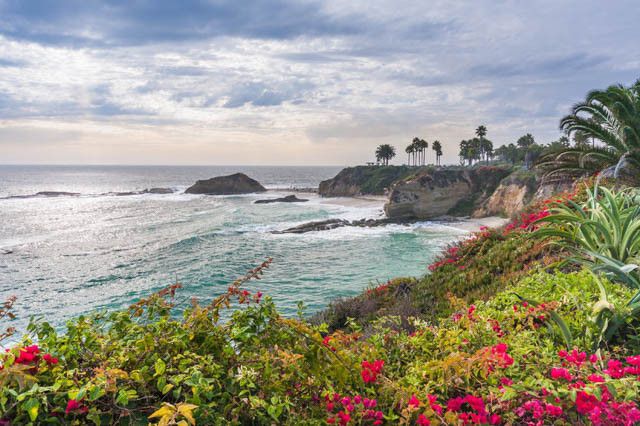Coastal Garden - Expert Tips for Gardening Success
Creating a successful coastal garden requires consideration of the unique conditions these environments present, including salt spray, high winds, sandy soil, and periodic flooding. Here are some expert tips for coastal gardening success:
- Choose the Right Plants: Not all plants can tolerate coastal conditions. Choose native or adapted species known for their salt and wind tolerance. Good options include sea thrift, sea holly, beach rose, and grasses like marram and blue lyme.
- Windbreaks: Plant sturdy trees and shrubs on the side facing the prevailing wind to create a windbreak. This will protect more delicate plants in your garden and reduce wind erosion. Sea buckthorn is an excellent choice for windbreaks.
- Amend the Soil: Coastal soil tends to be sandy, meaning it drains quickly and lacks nutrients. Amend the soil with organic matter like compost to improve its fertility and water-holding capacity.
- Mulch: Mulching can conserve water, suppress weeds, and improve soil quality. Use sturdy mulch that won’t get blown away by wind.
- Plant Groupings: Grouping plants together can help them resist wind damage. Taller plants can shelter shorter ones, creating a more diverse and resilient landscape.
- Raised Beds: If you’re in a flood-prone area, consider raised beds. They improve drainage and prevent salt build-up.
- Water Wisely: Use salt-free water if possible and water deeply to encourage root growth. This will help your plants tolerate dry, sandy conditions.
- Regular Pruning: Salt spray can cause damage to leaves. Regularly remove damaged foliage to keep plants healthy.
These expert tips should help you create a thriving, resilient coastal garden. Enjoy the unique beauty this garden type offers!

